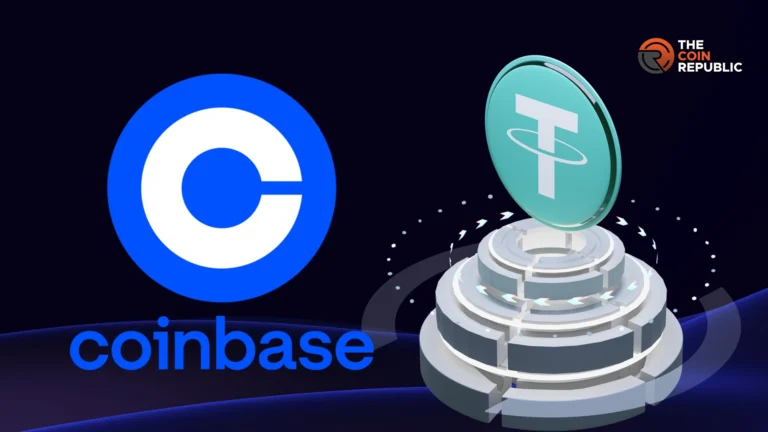Digital currency trading platform Coinbase could soon dramatically advance key EU compliance. Growing speculation about X suggests that it is likely to make changes to its stablecoin support in the European Economic Area (EEA).
Speculation surrounding Coinbase USDT delisting
There is speculation that Coinbase is planning to delist Tether (USDT), as shared on X. Although the exchange has not confirmed this speculation, community members believe this move is inevitable.
According to the update, the trading platform simply announced its intention to limit stablecoin services. Entities in the European Economic Area that do not meet the MiCA requirements by December 30, 2024 are affected.
“In November, we will share details about our migration plans to help EAA customers, including the option to switch to MiCA-compliant stablecoins such as USDC and EURC.” The exchange is said to have said.
This statement hinted at Coinbase’s desire to ensure product compliance under MiCA regulations.
Anticipating such a scenario, commentators believe investors should start saving now in advance of a market decline. Essentially, some see the delisting of USDT as an opportunity to buy a token whose price will drop if the update is genuine.
Impact of MiCA on stablecoins and Tether
MiCA is a regulatory framework established by the European Union to oversee the crypto asset sector. It covers various aspects such as market health, investor protection, and stablecoin regulation.
The purpose is to prevent market manipulation, insider trading, and fair trading. In the field of stablecoins, MiCA specifies rules for issuers to guarantee sufficient reserves and protect users’ funds.
MiCA was officially adopted in May 2023, but its implementation is still ongoing. Stablecoin-related regulations will come into force on June 30, 2024, and the remaining provisions will come into effect in December 2024. Coinbase has issued an update in anticipation of full implementation.
Tether, the world’s largest stablecoin issuer, has faced regulatory pressure in the past. A key concern for regulators concerns Tether’s reserve practices and transparency.
The MiCA regulations aim to require Tether to provide more detailed disclosures and be open to audits to protect users’ funds. Failure to comply could impact not only our operations within the EEA but also our market power.
Circle’s MiCA compliance and market impact
At its current rating, USDT has a market capitalization of over $119 billion, establishing itself as a leader in the sector.
The delisting of USDT in the EEA will impact Tether’s position, as it dwarfs competitors like USDC, which has a market capitalization of about $35 billion. Circle, a US-based stablecoin issuer, has been MiCA compliant since June 30th. As such, the company’s two stablecoins (USDC and EURC) are authorized to operate in the EU.
There are expectations that Tether may not comply with MiCA regulations by the December deadline. In that case, the relatively small stablecoin PYUSD could fill the EU void. In the meantime, Coinbase users can expect some kind of announcement in this regard.


